Honey badger: perhaps the bravest animal in the world
Nature has produced many amazing and interesting creatures, but have you ever heard of honey badgers? It is probably the bravest animal in the world. The honey badger is considered the defending champion, thanks to his exceptional demeanor and outstanding courage. In this article, we'll look at this unique object and discover some of the characteristics that make it stand out from other animals.
Show key points
- The honey badger, known for its muscular build, thick skin, and fearless attitude, is widely regarded as one of the world's bravest animals.
- This resilient creature inhabits various regions across Africa, West Asia, and the Indian Peninsula, thriving in environments ranging from forests to alpine zones.
- Honey badgers display impressive survival skills, including constructing extensive burrows up to 3 meters long, often using their powerful claws to dig when natural shelters are unavailable.
- ADVERTISEMENT
- Their diet is incredibly diverse and daring, including venomous snakes like cobras, and they possess a natural resistance to many toxins.
- In a remarkable display of interspecies cooperation, honey badgers often team up with honey guide birds to access beehives, sharing the spoils of honey and beeswax.
- Despite their adaptability, honey badgers face human threats due to conflicts over livestock and misperceptions about their behavior and health risks.
- Conservation efforts such as habitat protection, public education, and the creation of wildlife sanctuaries are crucial to ensuring the survival and ecological role of the honey badger.
1. Definition of honey badger and its main characteristics
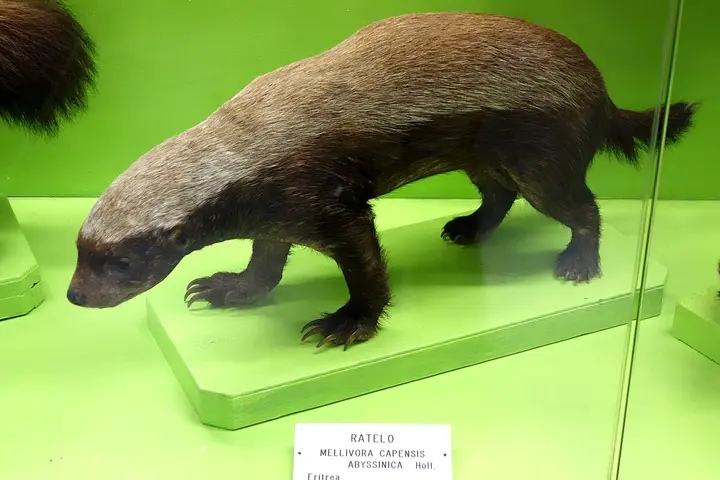
Honey badger is a huge animal characterized by a large skull, small eyes, a stocky body, a muscular neck and shoulders. The body length is 60-70 cm, the height of the shoulders is about 25 cm, and the weight is 8-12 kg. Their size varies depending on their geographical scope, with African honey badger measurements showing that they are slightly larger than individuals from the Asian population.
Recommend
Although the color varies slightly by subspecies, the lower half of the body is generally dark black and the upper body is gray or bright white. The light color extends along the entire length of the body to the base of the tail.
The coat can vary greatly depending on the season and distribution area. In winter in the Himalayas, when the climate is very cold, honey badgers have copious hair on their upper body, about 40 mm long. Even the back heel may be covered with hair. The honey badger who lives in Africa lacks down. The fur is very long in winter, reaching a length of 40-50 mm in the lower back, consisting of sparse, coarse and coarse hairs with very little undercoat.
There is a significant difference in body size between a male and a female honey badger, as the male sometimes weighs twice the weight of the female. The body is thick, the head is wide, the eyes are small, the ears are not visible, the nose is blunt. It has a thick body and strong claws that can destroy hives, and its thick skin and coarse hair can resist bee attacks, and it is so named because it likes to eat bee larvae and pupae. Distributed in Africa, West Asia and South Asia.
The honey badger has been listed in the Guinness Book of Records for several years as "the bravest animal in the world.
2. Habitat and habitat of honey badger
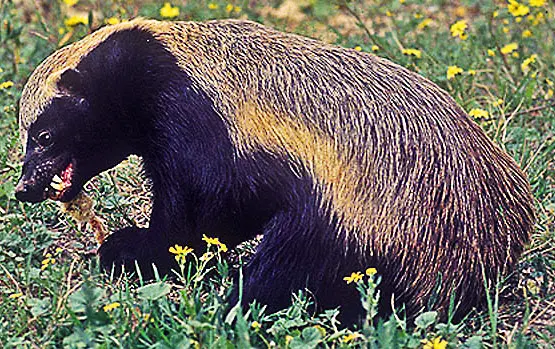
Honey badger especially prefers warm climates and lives mainly in West Asia, sub-Saharan Africa and the Indian Peninsula. Although they prefer warm places where they can find a lot of their favorite foods, they can live in a variety of areas. They've successfully adapted to survive in forests and alps, so it's safe to say that if a baby honey badger wants to live somewhere, he won't have a problem doing so.
These animals build their own homes, and almost anyone can do the job. They can build shelters from old hollow trees, rock crevices, or even burrows of other animals, it all depends on their personal taste. But if the honey badger can't find something that meets his high standards, he will use his skillful hands and giant claws to dig a hole. This cave is usually very deep and long: it reaches 1.5 meters deep and about 3 meters long. At the end of these holes there is a beautiful room where our friends can sleep and rest.
The honey badger is a solitary animal, living alone in these burrows with a few males sometimes forming a protective group. However, most of the time, the honey badger enjoys the secluded life of a bachelor.
3. Honey Ghurair's Food Research Strategies
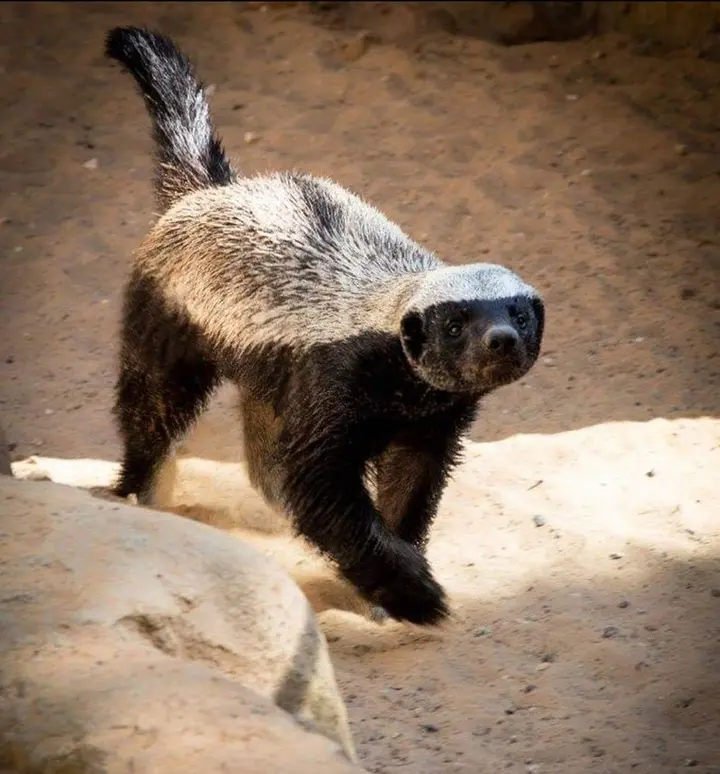
Believe it or not, the scary cobra across Africa is actually just a honey badger delicacy! In his eyes, everything is edible, and he is never picky about his food. Eggs, small rodents, frogs, mice, birds and even scorpions and cobras with venom ranging from 2 grams to 2000 grams are all delicacies. Snakes actually account for a quarter of their diet. So the question arises: will honey badger not be poisoned after eating poisonous snakes? Research has found that honey badger actually has the ability to be "immune to all toxins," as it has a powerful anti-toxin system in its body that can be digested automatically. Poison and the return of the body to normal. The poison can only paralyze his nerves, after eating the cobra he sleeps for only 5 minutes, then wakes up and continues to eat the rest, which is also a miracle.
Although honey badgers eat anything, their favorites should be bee larvae and honey, as its name suggests. In order to eat honey, Brother Flathead will also cooperate and win everyone, and his front partner is the honey guide bird, and they help each other eat the honey they love. On the other hand, one of the advantages of the honey badger is its sharp teeth, and its thick and strong front claws, which are suitable for digging in the soil and climbing trees, in addition to the fact that its skin is hard and thick, and covered with long and thin coarse hair, and it is not afraid of bee stings to some extent. But its disadvantage is that it is difficult to detect wild hives at the top of trees. The honey guide bird flies high and can easily find the honeycomb, but it does not have the strength to break the honeycomb, so it should seek help from the honey badger. How do these two good partners work together to become foodies? As long as the honeycomb finds the honeycomb, it will constantly flapping its wings, making special body movements, and making a "mutually clicking" sound to notify the honey badger. After the honey badger receives the signal, he climbs the tree, crushes the honeycomb and eats the honey, and the remaining beeswax belongs to his good partner, the honeycomb guide, and arguably an ideal partner. As for honey badgers, how much do they love honey and love to extract honey nests? Let's say it this way, a few honey badgers are bullied to death by other animals, but many are bitten to death.
4. Defense and potential threats faced by the honey badger
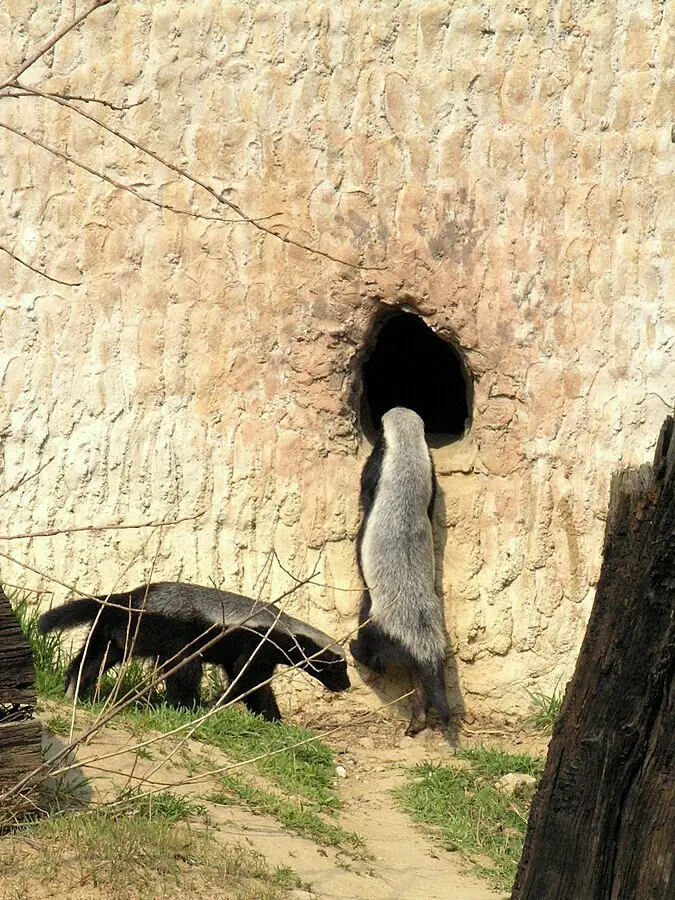
Of course, even the main predator, the honey badger, is invaded by the creature with the greatest power: humans. The relationship between humans and honey badgers is not an easy relationship, as honey badgers love to attack poultry and sometimes cattle and sheep, and they are known for their redundant killing habits. People living in the natural habitat of honey badgers set traps and kill them if they see them near their homes. In addition, honey badgers are depots of rabies, so even if the honey badger poses no threat to a particular person, people may kill them in the wild.
Fortunately, honey badgers are primarily active at night and prefer to rest in their burrows during the day, rarely encountering humans along the way. This also helps them avoid fighting with other large predators in their environment, which hunt mostly during the day.
5. The effect of honey badger on the environment around it
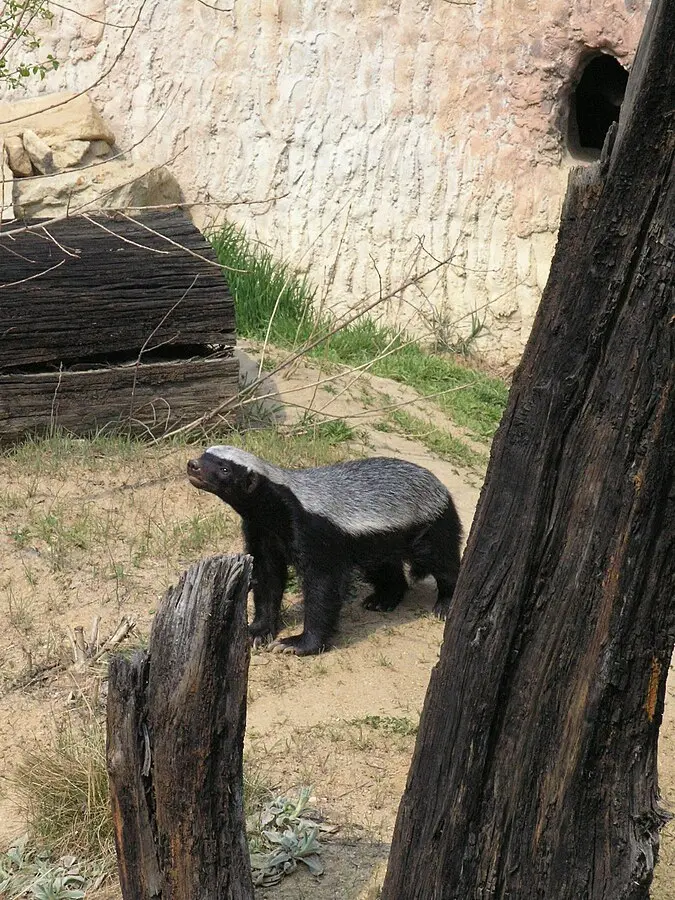
It is very important to protect the habitat of honey badger. This requires action to slow deforestation, land development and protect the integrity of wildlife habitats. In addition, it is important to take measures to protect the food sources of honey badgers such as ants and bees. It is also important to encourage people to understand the importance of honey badger and promote public awareness. This will help people better understand wildlife and its habitats. This can be achieved through educational and awareness campaigns such as animal conservation announcements, animal science fairs and wildlife courses for students.
The establishment of wildlife sanctuaries, reserves and other preventive measures are also important measures to protect honey badgers. This will provide a safe environment for honeycombs affected by predators, diseases or human activities. In sanctuaries, people can care for and breed honey badgers, ensuring that their numbers are constantly increasing.
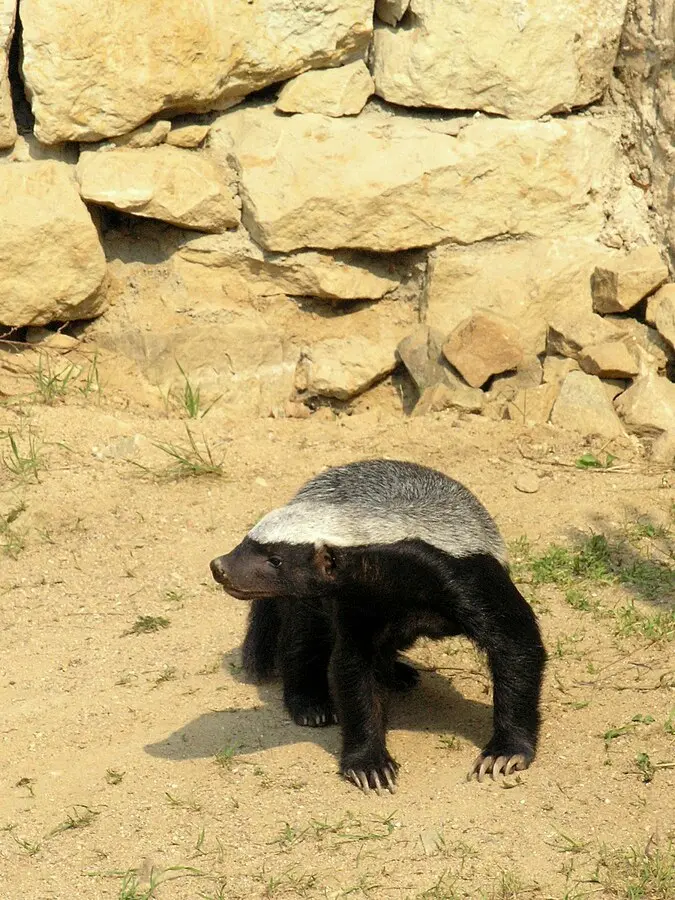
Despite its small size, the honey badger is surprising and impressive for its ability to remain strong and courageous in the face of challenges. It is a unique object and a symbol of courage in the animal world. So, it's no wonder that honey badger attracts attention and arouses curiosity among many researchers and scientists. It gives us valuable lessons about resilience and adaptation in the harsh circumstances of life. It is undoubtedly an animal that has a special place in the natural world and cannot be ignored.








